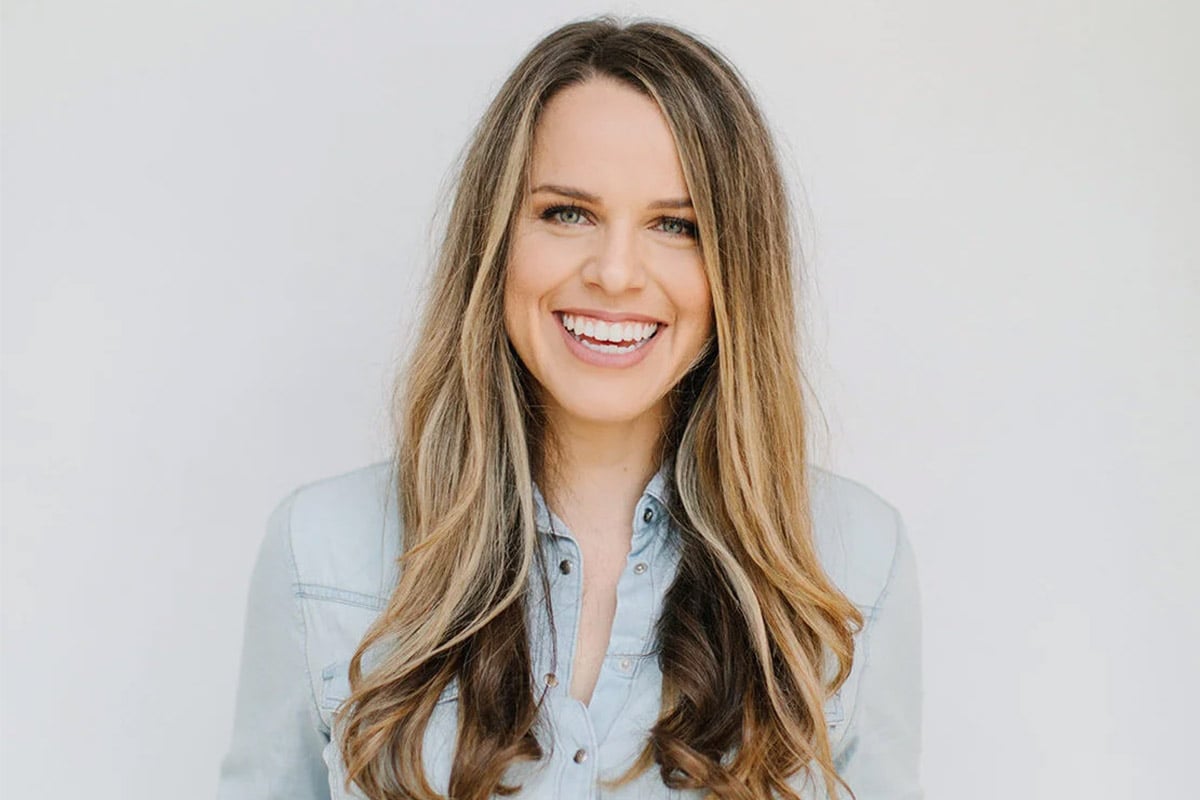“My family has a history of diabetes and high blood pressure, and since I’ve got a genetic predisposition to these things, I’ve tried to construct a lifestyle, so I don’t end up in the same position,” says Avthar Sewrathan, a tech entrepreneur and Levels customer. “My parents and grandparents actually didn’t have the knowledge and access to technology we have available to us today, and I feel that makes an enormous difference. My motivation for using Levels was to get a better understanding of what’s going on inside my body and how I’m reacting to things that I’m doing.”
Avthar Sewrathan is passionate about his health and holds an ardent belief that his overall wellness is ultimately his, and only his, personal responsibility. Despite spending most of his day in front of a computer, Avthar is adamant about carving out enough focus and time to prioritize his health in his generally demanding schedule.
“I needed more than just a single static snapshot of my health; I wanted an evolving and dynamic 360-degree view,” says “By understanding the various foundational metrics linked to your overall wellness, and correlating their relationships makes it possible to plan for the future with intentional, data-backed decisions.”
“Building metabolic awareness is really important because everyone is so different. It can be difficult for people to navigate the world of so many different nutritional options, and it doesn’t help that everyone is selling their diet as the best one. People need to try things for themselves and decide what works best for them. That’s where Levels and other biofeedback products can be an enormous asset.”
By building a short feedback loop between action and reaction, Avthar believes he can develop an everlasting personal wellness philosophy.
“Levels has played a vital role in helping me recognize the best personal diet for me,” says Avthar. “I can better understand which foods agree with me and which are more difficult for my body to handle. Just being able to access your blood glucose biofeedback and recognize the impact of exercise, good sleep, fasting, and non-nutritional factors are truly eye-opening.”
Building Metabolic Awareness
Avthar began his metabolic health journey by regularly experimenting with different diets and fitness routines, putting different diets, exercise, and wellness routines together in a trial-and-error fashion.
“As someone who has been taking their health very seriously for the past seven years, I noticed I would go through peaks and troughs– you try something new, it has good results, and then you plateau, so you look for something else to do to help you hit the goals you want,” says Avthar. “Having systems in place where you actually see how you’re reacting to your circumstances, food, activities, stress levels, and so on has been very valuable for me.”
A consistent stream of objective data, Avthar stipulates, can act as a bedrock to your experimentation efforts. As the complexity of Avthar’s wellness understandings evolved, he became increasingly more in-tune with how food impacts his body at a molecular level.
“Building metabolic awareness is really important because everyone is so different,” says Avthat. “It can be difficult for people to navigate the world of so many different nutritional options, and it doesn’t help that everyone is selling their diet as the best one– you should try keto, you should try keto, here are the foods to avoid, you should do CrossFit. People need to try things for themselves and decide what works best for them. That’s where Levels and other biofeedback products can be an enormous asset.”
“Levels helped me build a habit of awareness of how much and what you’re eating,” reflects Avthar. “Before you eat or exercise, you get this concrete feeling that what you’re about to do is going to affect your body. At a high level, one of the most significant benefits is just developing that awareness that every decision you make is actually going to impact your body.”
“Logging your activities makes it possible to review what actions preceded spikes or drops in glucose,” says Avthar. “I found my body is super carb sensitive, and I developed that awareness just from looking back at the correlation between my activities in my blood glucose. It’s helping me refine what an ideal diet for me looks like.”
Learn more:
Avthar’s 360-Degree Biofeedback Journey
Avthar views his wellness journey through the structure of frameworks. Rather than building these frameworks on subjective feelings, Avthar’s approach progressed into using objective data as the building blocks.
“You need to have some framework to evaluate the different things that you’re doing,” says Avthar. “Glucose levels are a significant component of a bunch of different metrics I use to track my progress to see what is actually good for me. Aside from Levels for blood glucose, I use the Oura ring to track sleep and Whoop for workouts and heart rate variability.”
“In my opinion, where many biofeedback companies go wrong is they try to do too much instead of primarily focusing on just being really good at one thing,” adds Avthar. “I like how Levels is focusing on glucose levels. As a consumer extremely interested in his health long-term, I’d love to see a world where open data exists in the biofeedback startup community, where you can use multiple devices to cross-analyze connections.”
Seeing how Avthar can improve his other biometrics such as sleep by stabilizing and controlling glucose levels has been valuable.
“If you’re trying to have a system in place to get a 360-degree view of your health, blood glucose should be a huge part of your focus,” says Avthar. “Anyone who is semi-serious about their health likely has a heart rate monitor device. Health-oriented people also generally try to understand their optimal sleeping patterns. But I think once you get visibility into what’s going on inside your body at a molecular level, you can find some very crucial information.“
Avthar has also gained a lot of personal value from fasting. By reducing or eliminating nutritional variables, he can better understand how non-nutritional factors impact his glucose levels.
“I regularly do intermittent fasts, and then a 36 to 72 hour fast every two weeks or month or so,” says Avthar. “ When I’m fasting, I can see how things like stress overwhelm me on a physiological level.”
Final Thoughts
Today, Avthar finds himself increasingly more zealous about his overall wellness. He has also made some small changes in his nutritional approach to incorporate into his future experimentation.
“If I treat myself to something carby, for example, I’ll go do a workout or something to make sure I’m putting the energy to good use rather than just sitting and watching my glucose spike for no reason, which is depressing,” laughs Avthar. “I feel better when the energy is utilized, and having that objective number as a guiding point makes things simpler.”
Avthar regularly writes about his health and fitness journey on his weekly email list and personal website and implores the Levels community to continue testing and refine what works best for them. Having easy access to personalized data is a valuable resource that has never really been available at convenience and scale.









